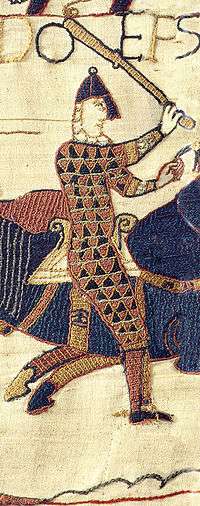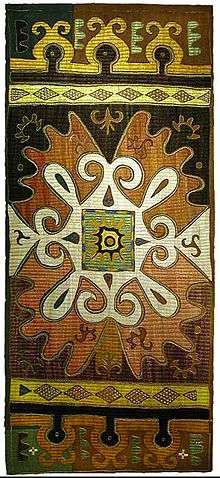Bunka shishu
Bunka shishu (文化刺繍), in English often shortened to bunka, is a form of Japanese embroidery originating around the turn of the 20th century. Bunka artists use a specialized embroidery needle and rayon threads to create very detailed pictures that some liken to oil paintings. Typical subjects include people, living things (traditionally fish), and traditional Japanese scenes.
Bunka is considered a form of punchneedle technique, and the rayon threads used are woven in a chainette format, which, when opened, gives a boucle texture to the yarn. Unlike other embroidery techniques, however, bunka is worked from the front of the fabric rather than the back.[1]
Unlike some other forms of embroidery, bunka is fragile and is usually presented as artwork rather than as clothing adornment. Bunka has gained in popularity since the advent of numbered kits, which provide a step-by-step guide to producing artwork.
References
- ↑ Marinda Stewart (20 May 2009). Punchneedle The Complete Guide. Krause Publications Craft. p. 20. ISBN 1-4402-2130-8.


